When it comes to makeup for pale skin, finding the right techniques and products can make all the difference. Pale skin tones often require a unique approach to ensure that makeup enhances your natural beauty without appearing too harsh or overpowering.
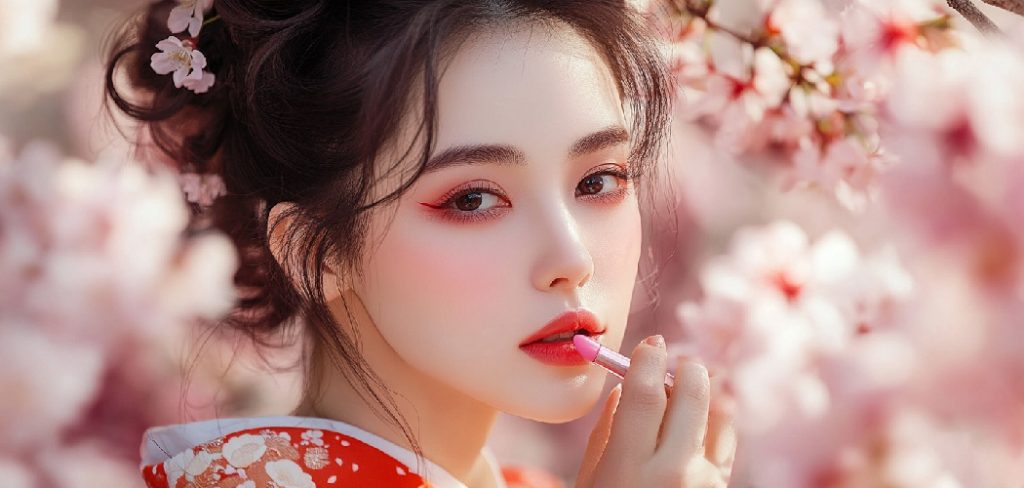
Whether you’re looking to create a flawless base, choose complementary shades, or avoid common pitfalls, this guide will help you master makeup specifically tailored for lighter complexions. how to do makeup for pale skin.
Why Pale Skin Requires Specific Makeup Techniques
Pale skin tends to have unique undertones that can vary from cool to warm, making it crucial to select products that harmonize with these subtle nuances. The lighter complexion can also make certain shades appear more vivid or stark, which means colors need to be chosen carefully to avoid overwhelming the natural features.
Additionally, pale skin is more likely to show imperfections, redness, or dullness, which underscores the importance of using a foundation and concealer that offer adequate coverage without looking cakey. Understanding these specific needs helps to create a balanced, natural look that enhances pale skin rather than masking or clashing with its distinct beauty.
Difference Between Fair, Pale, and Light Skin
While the terms fair, pale, and light skin are often used interchangeably, they actually refer to subtle differences in skin tone. Fair skin generally has a slightly warmer or neutral undertone and is often associated with individuals who have a natural flush of color, even without additional makeup.
Pale skin, on the other hand, may appear cooler and more translucent, often lacking the warmth or natural pink undertones that fair skin typically possesses. Light skin sits in between these two categories and is defined by a balanced tone that is not as warm as fair skin nor as cool as pale skin. Understanding these distinctions is essential when selecting makeup, as each type may benefit from different shades or undertones to complement its unique characteristics.
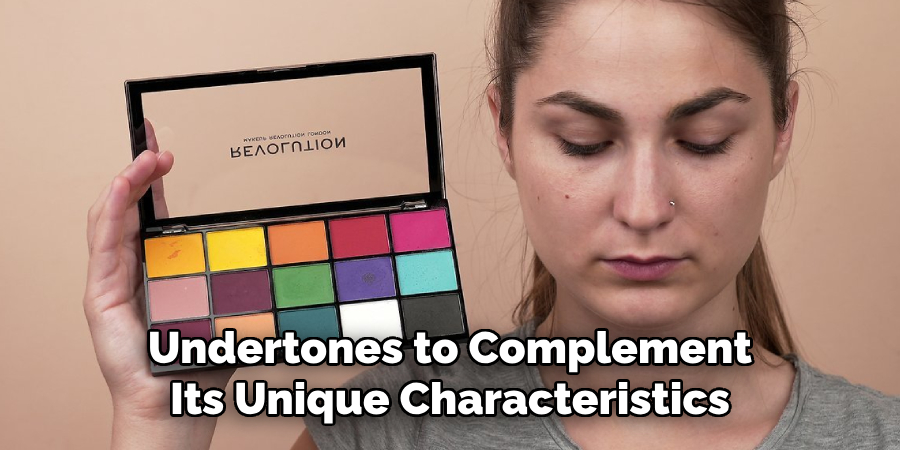
10 Methods How to Do Makeup for Pale Skin
1. Start with the Right Primer to Brighten and Balance
The first and often underestimated step in applying makeup to pale skin is choosing the correct primer. Pale skin tones can often appear dull or washed out under certain lighting, especially when there’s uneven undertone or redness. A brightening primer with subtle pearl or pink undertones helps revive the complexion, giving it a soft radiance without overpowering the natural fairness.
If your skin leans towards redness or blotchiness, opt for a green-tinted primer, which neutralizes redness and allows for a more even canvas. The goal is to prep the skin with a base that brings out its natural clarity and prevents the makeup from looking too heavy or stark.
2. Choose a Foundation with Neutral or Cool Undertones
Foundation is one of the trickiest parts for those with pale skin because even the lightest shades can sometimes appear too orange or too pink. The key is to match both your skin tone and undertone—many with pale skin have cool or neutral undertones. Look for foundations specifically labeled as “fair with neutral” or “cool ivory” to avoid the dreaded mismatched jawline.
It’s also helpful to test the product on your neck or chest, rather than just your face, to ensure a seamless blend. For the most natural finish, lightweight formulas like skin tints or sheer coverage foundations can enhance your complexion without masking your natural skin tone.
3. Use a Light Hand When Applying Contour and Bronzer
Contouring pale skin requires subtlety. Over-applying bronzer or using overly warm tones can quickly turn a sculpted look into something muddy or unnatural. Instead, select a contour product that’s only one or two shades darker than your skin and has a cool or taupe undertone—these mimic natural shadows better than warm browns or oranges.
For bronzer, choose a pale, golden-beige or honey-toned formula, and use a fluffy brush to apply it lightly to areas where the sun naturally hits—temples, cheekbones, and jawline. A soft application gives definition and warmth without overpowering the complexion.
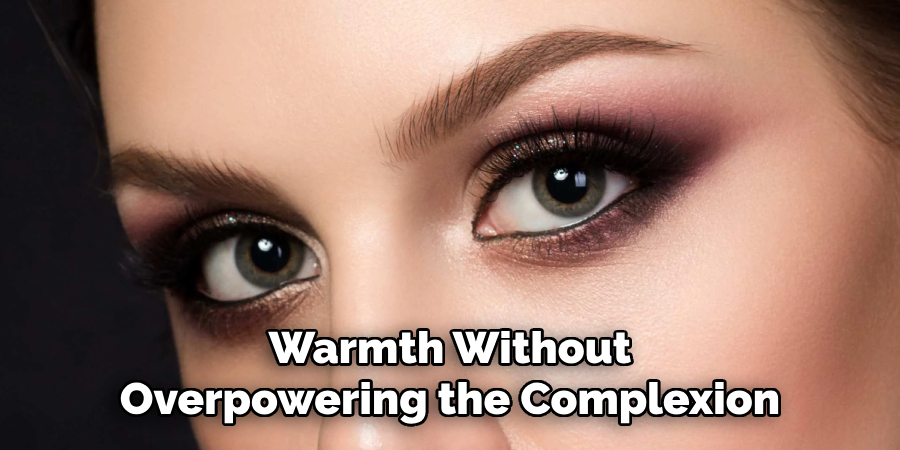
4. Choose Blush Shades That Complement Fair Tones
Blush can be your best friend when you have pale skin—it adds life, color, and youthful energy to the face. The best blushes for fair skin typically fall in the peach, soft pink, or rose family. Avoid overly dark or brown-toned blushes, which can look harsh.
Cream blushes in particular are excellent for pale skin because they melt into the skin and give a natural flush, much like the one you get after a brisk walk. Apply to the apples of the cheeks and blend slightly upwards for a lifted, healthy effect. The key is to enhance your natural color, not mask it.
5. Illuminate Strategically with Highlighter
Pale skin often reflects light beautifully, so highlighter should be applied with purpose rather than excess. Choose highlighters with champagne, pearl, or icy-pink tones to complement your complexion. Avoid anything too golden or bronze, as these can create a noticeable stripe against pale skin. Apply highlighter to the tops of the cheekbones, bridge of the nose, brow bones, and the Cupid’s bow.
A cream or liquid highlighter often blends more naturally into fair skin than powder formulas and helps maintain a fresh, dewy look. Subtle glow placement enhances your natural bone structure without looking sparkly or frosted.
6. Define Brows with Precision, Not Darkness
Bold, overdrawn brows can overwhelm pale features. Instead of going several shades darker than your hair, stick with a brow product that closely matches your natural brow color or is just a touch deeper. Ash-blonde, light taupe, or soft brown pencils or powders work wonderfully for most fair-skinned individuals.
Focus on defining the shape of the brows and filling in sparse areas using light, feathery strokes. A tinted brow gel can also help set the shape and add volume without making the brows look drawn-on or harsh.
7. Create Depth with Soft, Muted Eyeshadows
When it comes to eye makeup, pale skin provides a beautiful blank canvas, but dark, bold colors can easily overwhelm the features. Soft, muted eyeshadow tones such as taupe, mauve, peach, rose gold, and subtle grays add depth without heaviness. Avoid ultra-dark black or bright neon shades unless you’re going for a dramatic evening look.
For everyday wear, start with a light neutral all over the lid, then deepen the crease with a medium tone, and highlight the inner corner and brow bone with a pale shimmer or matte vanilla shade. This approach enhances your eyes while keeping the overall look balanced.
8. Choose Eyeliner and Mascara Shades That Complement, Not Compete
Black eyeliner and mascara are classic, but they can sometimes appear too stark against very pale skin, especially for daytime wear. Consider using soft brown, charcoal, navy, or plum shades for eyeliner to create definition without harshness. These colors still add drama and emphasis but are gentler on lighter features.
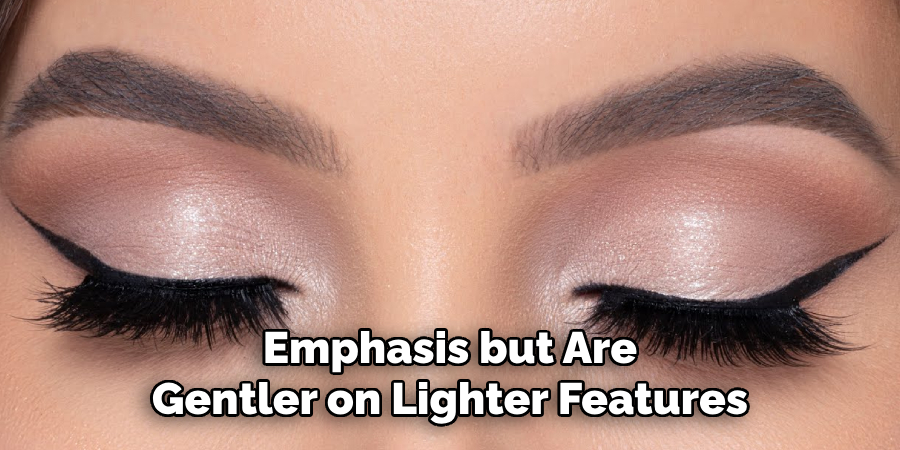
Mascara in brown-black or dark brown can achieve the same effect. When applying eyeliner, focus on tightlining the upper lash line for natural emphasis, and smudge slightly if using pencil liner to soften the look further.
9. Select Lip Colors That Flatter Fair Complexions
Lipstick color can either brighten your entire face or wash it out, depending on your shade selection. Pale skin looks stunning in cool pinks, rose, peach, berry, and even bold reds with blue undertones. Nude lipsticks can be tricky—choose ones with a slight pink or peach tint rather than beige or brown, which can make you look lifeless.
If you’re wearing strong eye makeup, opt for a more muted lip. Conversely, if your eye makeup is subtle, a vibrant lipstick can be a gorgeous focal point. Don’t be afraid to play with bold colors; just ensure they have cool or neutral undertones that harmonize with your complexion.
10. Finish with a Setting Spray for a Natural Finish
The final step in creating a cohesive makeup look on pale skin is setting everything in place without losing the freshness of your application. Powder can sometimes look cakey or dry on fair skin, especially if you have a cool undertone or dry skin texture. Instead, use a setting spray to lock in makeup and bring back a bit of natural dewiness.
If you do need to powder—perhaps in the T-zone—choose a finely milled translucent powder that won’t leave a white cast or build up on the skin. A good setting spray not only keeps your makeup intact throughout the day but also helps blend all the layers for a seamless, skin-like finish.
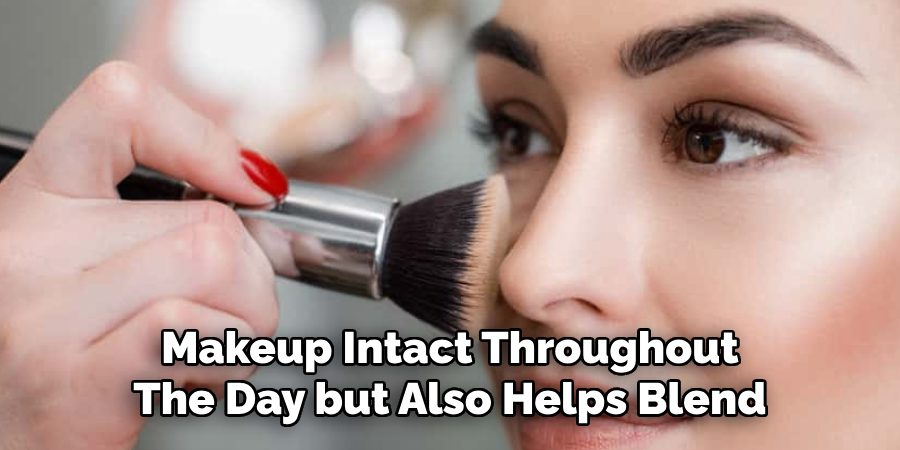
Conclusion
By choosing the right products and techniques, achieving a flawless makeup application on fair skin becomes much easier. Focus on enhancing your natural features and prioritizing a healthy, radiant finish. Remember, less is often more, so aim for lightweight layers that blend seamlessly for a polished, skin-like result.
With the proper care and attention, you can create a look that complements your complexion beautifully while ensuring your makeup stays fresh throughout the day. Thanks for reading our blog post on how to do makeup for pale skin! We hope you found it helpful and informative.
About the Author
Jane Hubbard is a passionate beauty expert with a wealth of experience in makeup, hair, and overall beauty techniques. After years of working as a hairdresser specialist, she followed her entrepreneurial spirit and started her own consultancy business.
Jane has always been driven by her desire to help others feel confident in their own skin, and she does this by sharing her knowledge, experiences, and practical beauty tips. Through her consultancy, she empowers individuals to embrace their unique beauty, offering tailored guidance that boosts both self-esteem and personal style.
Professional Focus
- Specializes in makeup, hairstyling, and beauty consulting.
- Provides personalized beauty advice, tips, and techniques to help individuals feel confident in their appearance.
- Dedicated to staying up-to-date with the latest industry trends and developments.
- Passionate about creating a comfortable and empowering experience for every client.
Education History
- University of Craft and Design – Bachelor of Fine Arts (BFA) in Woodworking and Furniture Design
- Woodworking Apprenticeships – Extensive hands-on training with skilled craftsmen to refine carpentry and furniture making techniques
- Online Courses & Masterclasses – Continued education in advanced woodworking techniques, design principles, and specialized tools
Expertise:
- Makeup artistry, hairstyling, and beauty consulting.
- Personalized beauty techniques to enhance confidence and self-expression.
- Educating clients on how to maintain their beauty routines at home.
